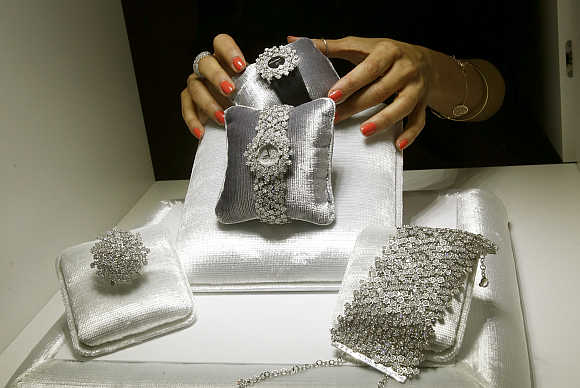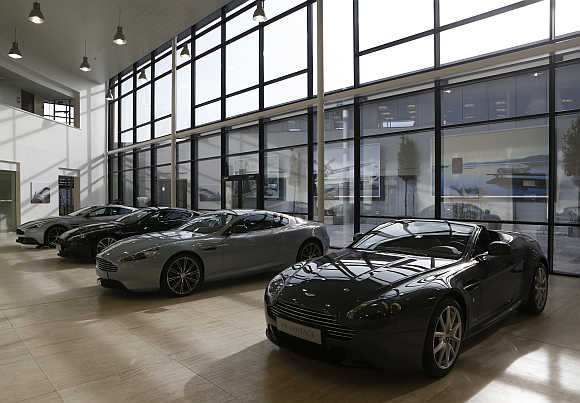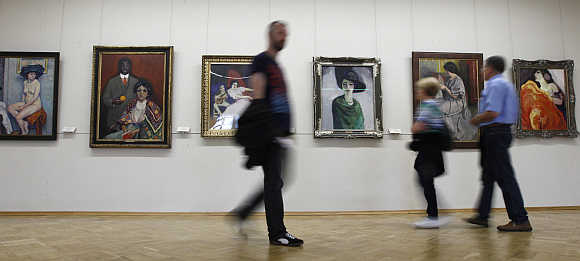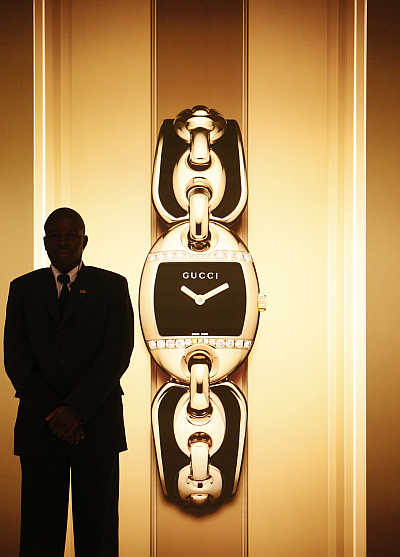
A recent incident has underscored one more way in which the lives of the super-rich are diverging from the lives of everyone else: The middle class is becoming a matriarchy, while the plutocracy remains firmly patriarchal.
The sexist mores of the super-rich were exposed by one of that tribe's most prominent philanthropists, the hedge fund billionaire Paul Tudor Jones. At an April symposium at the University of Virginia, Jones said that women didn't trade as successfully as men because becoming a mother is a "killer" to professional focus.
"You will never see as many great women investors or traders as men - period, end of story," he said.
...

"As soon as that baby's lips touched that girl's bosom, forget it," Jones said, describing the grim career impact of motherhood on two women who had worked with him in the late 1970s.
"Every single investment idea," he said, "every desire to understand what is going to make this go up or go down is going to be overwhelmed by the most beautiful experience which a man will never share about a mode of connection between that mother and that baby."
When they were revealed by the Washington Post, Jones's remarks swiftly became notorious, partly because of the vivid language he used to make his case. And Jones duly apologised.
But his comments are the hedge fund version of the journalist Michael Kinsley's definition of a gaffe - which Kinsley said occurred "when a politician tells the truth - some obvious truth he isn't supposed to say."
...

In Jones's case, the forbidden truth is not some mysterious mental property of oxytocin, the hormone produced by nursing mothers. It is instead the striking fact that at the summits of high finance, where many of the greatest fortunes in this new Gilded Age are being amassed, there are no women, and it is commonplace to believe, as Jones does, that there will never be any.
Contrast that positively Victorian setup with the latest news from Middle America: The Pew Research Center reported that four in 10 families with children under the age of 18 are now headed by women who are the sole or primary breadwinners.
...

Motherhood may be a "killer" when it comes to becoming a Master of the Universe, but among middle-class mothers, even after that touch of baby's lips to bosom, a big and growing number find themselves able - and often required - to bring home the family bacon.
It is remarkable how profound the shift has been: In 1960 just 11 per cent of all households with children under 18 included mothers who were either the sole or primary source of income for the family.
One of the changes, of course, is the feminist revolution, and all of us, particularly breadwinning mothers like me, should celebrate the liberation of half of the human race and our increasing social and political permission to fully participate in the economy.
...

But, particularly when you bear in mind how very different the world looks at the high altitudes occupied by Jones and his peers, it is also worth noting that Betty Friedan is not the only reason so many women are contributing so much more to their household budgets. Another, less uplifting, driver is the hollowing out of the middle class.
As middle-class wages have stagnated, mothers have gone to work in increasing numbers to maintain their families' standard of living.
The Pew survey found that two-career households exacted a personal toll - 74 per cent of adults said the increasing number of mothers working outside the home had made it harder to raise children, and half said it had put a strain on marriages.
...

But a strong majority - two-thirds - said that working mothers had made it easier for their families to live comfortably. The 2008 recession intensified these trends. In 2007, just 20 per cent of mothers said their ideal was to work full-time. By 2012, that figure had swollen by more than half, to 32 per cent.
Moreover, in 2007, 29 per cent of mothers said they would prefer not to work at all. By 2012, just 20 per cent said that was their ideal. These deep changes in how the middle class lives are one reason the backlash against Jones's remarks was so fast and furious: The world he described is as inconceivable to most of us as Soviet Communism is to my school-age children.
...

It is tempting to delight in that difference: Plutocratic chauvinism growing red-faced when exposed to the gender egalitarianism of the 99 per cent. But the gender divide between the plutocrats and everyone else is more a cause for worry than for celebration.
As income inequality increases, the social and political sway of those at the very, very top grows, too. They are nearly all men, and men whose lived experience tells them that women, for whatever reason, just don't have what it takes.